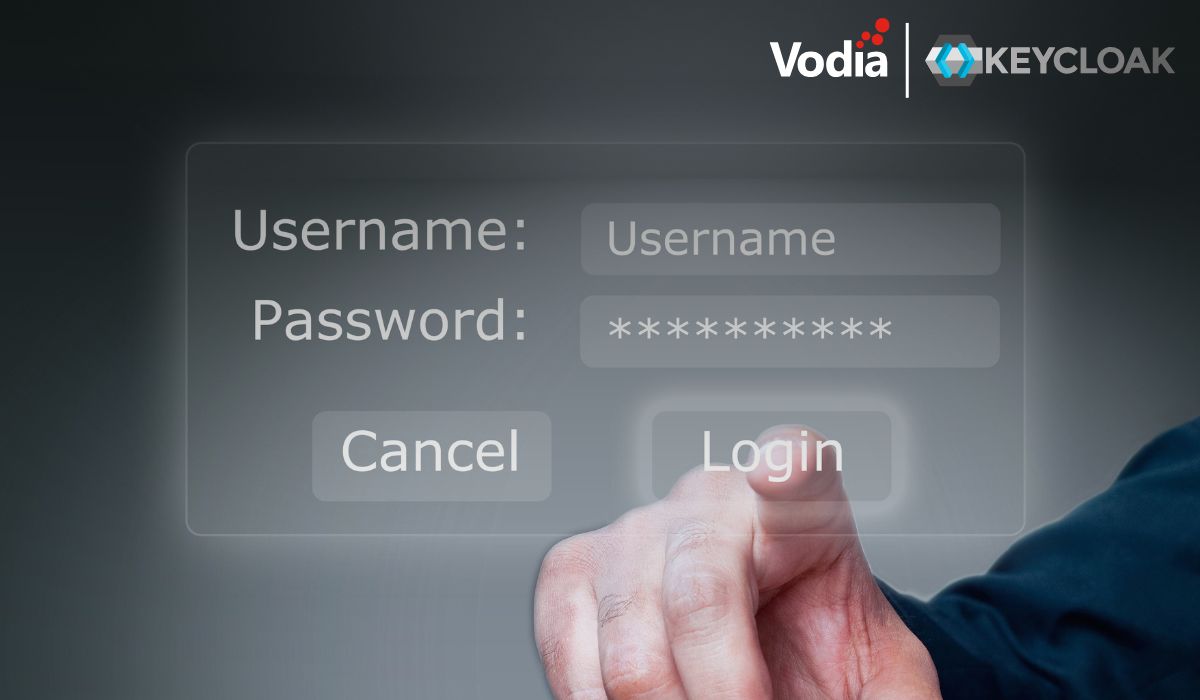Summer 2022 is almost here, a relief to many, particularly in the Northeast who weathered a rather cold and rainy April and May. After a hectic winter, one which saw the omicron variant of Covid-19 sicken a great many of us, almost immediately after the turn of the year and stalling what many companies believed would be the beginning of a return to the office (RTO), spring arrived, and the push to bring everyone back to the office began in earnest again, but it gained no traction. Why?
Very few of us want to give up the gains we’ve made since we began working from home, or anywhere, two years ago. We are producing as much, or more, than we did at our desks, with extra time to sleep, clean, cook and care for our children (those of us who have them) and a significant reduction in expenses related to commuting to work, including fuel, train and bus fare, coffees, lunches…yes, there are plenty of people out there who want to get out of their pajamas and back to the office, but they are the minority. And the latest news and statistics prove it. This is from a May 11 New York Post article (emphasis added):
More than two years after the outbreak of coronavirus, only 8% of Manhattan office employees are back in the office five days a week, according to new data from The Partnership for New York. Meanwhile, 38% of Manhattan office employees are coming into the office part-time under hybrid work schedules and anticipate that by Labor Day they can bring that number to 49%, according to the survey.
Assuming the Partnership for New York’s estimate of 49 percent RTO by Labor Day is correct, that still means just over half of most employees who can work remotely will continue to do so even after the sun sets on Summer 2022 – and the Covid-19 pandemic. According to a May 24 Bloomberg article, the trend is global:
…nearly half of all office visits this year were once a week…Some 37% of office visits lasted less than six hours in the first four months of 2022, compared with 20% from October of 2019 to February of 2020. All told, the global average peak occupancy rate was lower than 40% from January to April 2022.
Not only aren’t people racing back to the office, but those who are returning are spending far less time there than they did prior to the pandemic.
At an April 5 Axios summit, Slack CEO Stewart Butterfield said each company and each employee makes different calculations about what kind of work environment they want now, but a general yearning for flexibility gives “the distributed model a little bit of an upper hand.” This upper hand is what’s making companies change their approach to talent. Prior to the pandemic some of the bigger finance and tech companies were offering employees seemingly innumerable perks, everything from cold brew coffee dispensers to gratis lunches delivered to the office by Grubhub. Now? As a former Apple employee put it, anonymously: “working from home has so many perks. Why would we want to go back?” 71 percent of employees want a hybrid or entirely remote work situation, even after the pandemic is over, according to the Owl Labs report, “State of Remote Work 2021.”
What this all means is your current remote/hybrid strategy may be in place permanently, whether it’s to retain your current employees, attract new talent, or both. You’ve probably got your team working from home, from cafes, from libraries…people have gotten used to working from anywhere, particularly thanks to collaboration tools such as Google Hangouts, Microsoft Teams, Slack, Zoom and good old reliable email.
With all this 21s century technology and the many “work from anywhere” requirements it satisfies, what about your phone system? For many of your clients and customers, your company’s phone number is the most direct and simplest way to engage with your organization. If your system is a traditional PBX, those old-fashioned wires make it so you’re anchored to your office if you want to make and receive calls, but there’s no need for this – you can move your entire phone system to the cloud!
The Vodia cloud phone system is the first and most crucial step you can take in the digital transformation of your enterprise. Installation is simple and painless, and the evolution of your phone system from a legacy, “landline” system to a cloud PBX gives you an incredible array of features, some of which aren’t available with your current system, as well as the possibility of reducing telephony costs by up to 80 percent.
Moving to the cloud makes it so your team can collaborate no matter where its individual members are working while providing your customers with a seamless and easy-to-navigate call journey. And your employees can use their smartphones as their office extensions without having to share their phone numbers and with call control features that make it so they don’t receive calls outside business hours. We give you the most complete suite of robust business telephony features for on-premises and cloud-based telephony, including auto attendant, SMS, paging, separation of personal and work calls, conference calls, call recording, CRM integration and Microsoft Teams integration. And, if you’re a medical office or healthcare organization, our phone system has been HIPAA compliant since 2020.
Hybrid/Remote work is here to stay, and it may become something you must have in place at your company when you’re looking to hire and retain talent; if the best people available don’t want to come to an office every day, or even a few days a week, then you’ll have to give them a Hybrid/Remote option. The pandemic brought a sea change to the way we work – the Vodia cloud phone system makes it so you can build the organization you need, now and in the future. We’d love to tell you more about it and connect you with one of our incredible resellers. Contact us, sales@vodia.com, +1 (617) 861-3490.
.svg)




